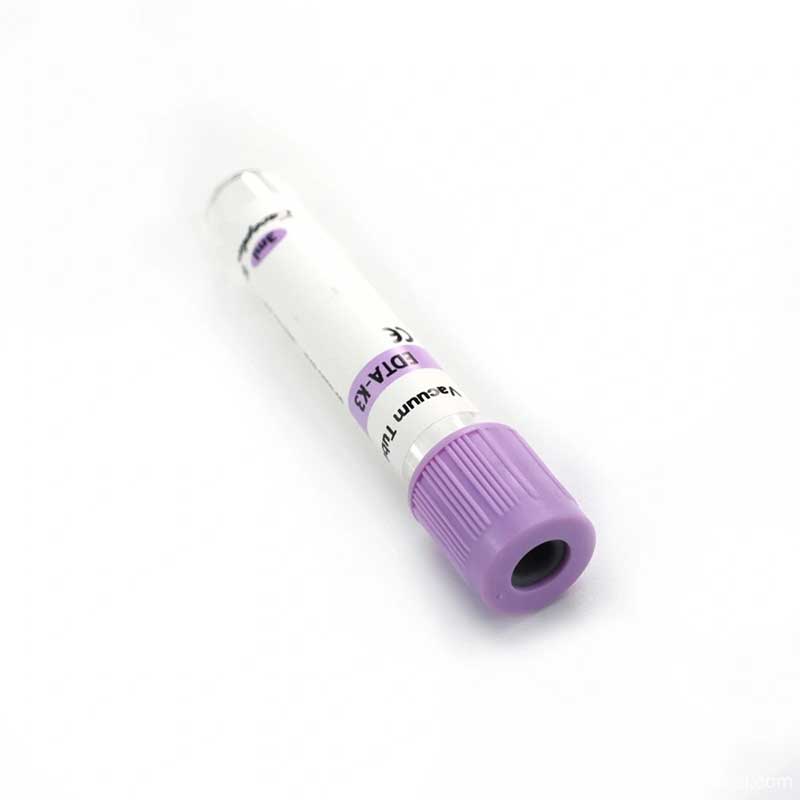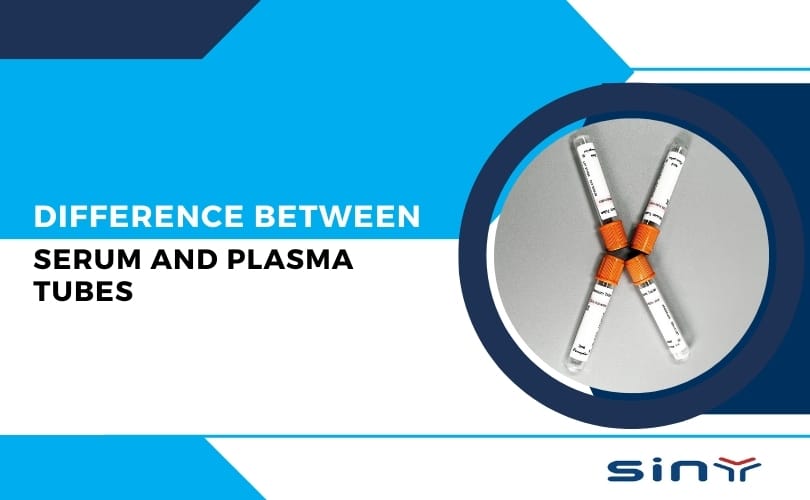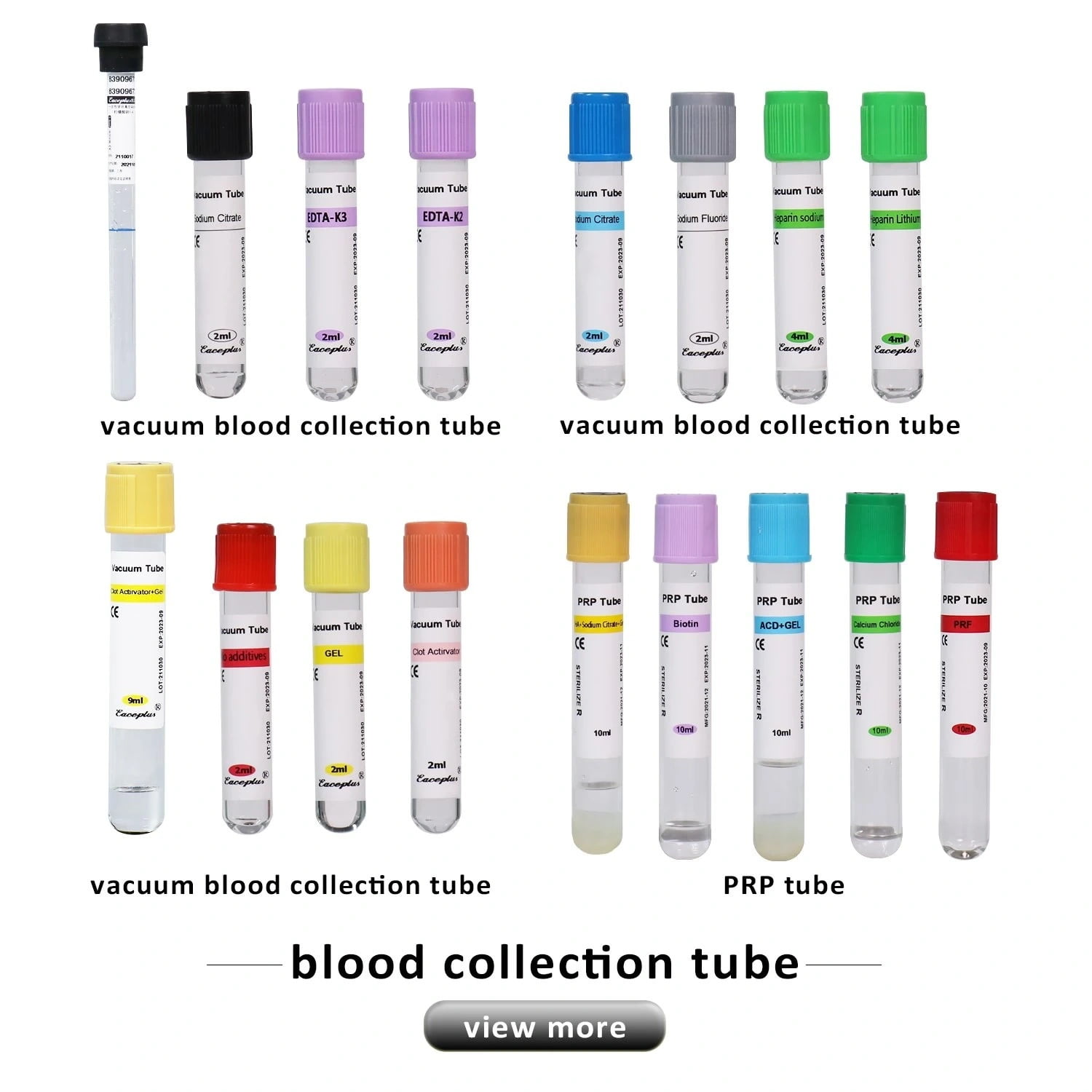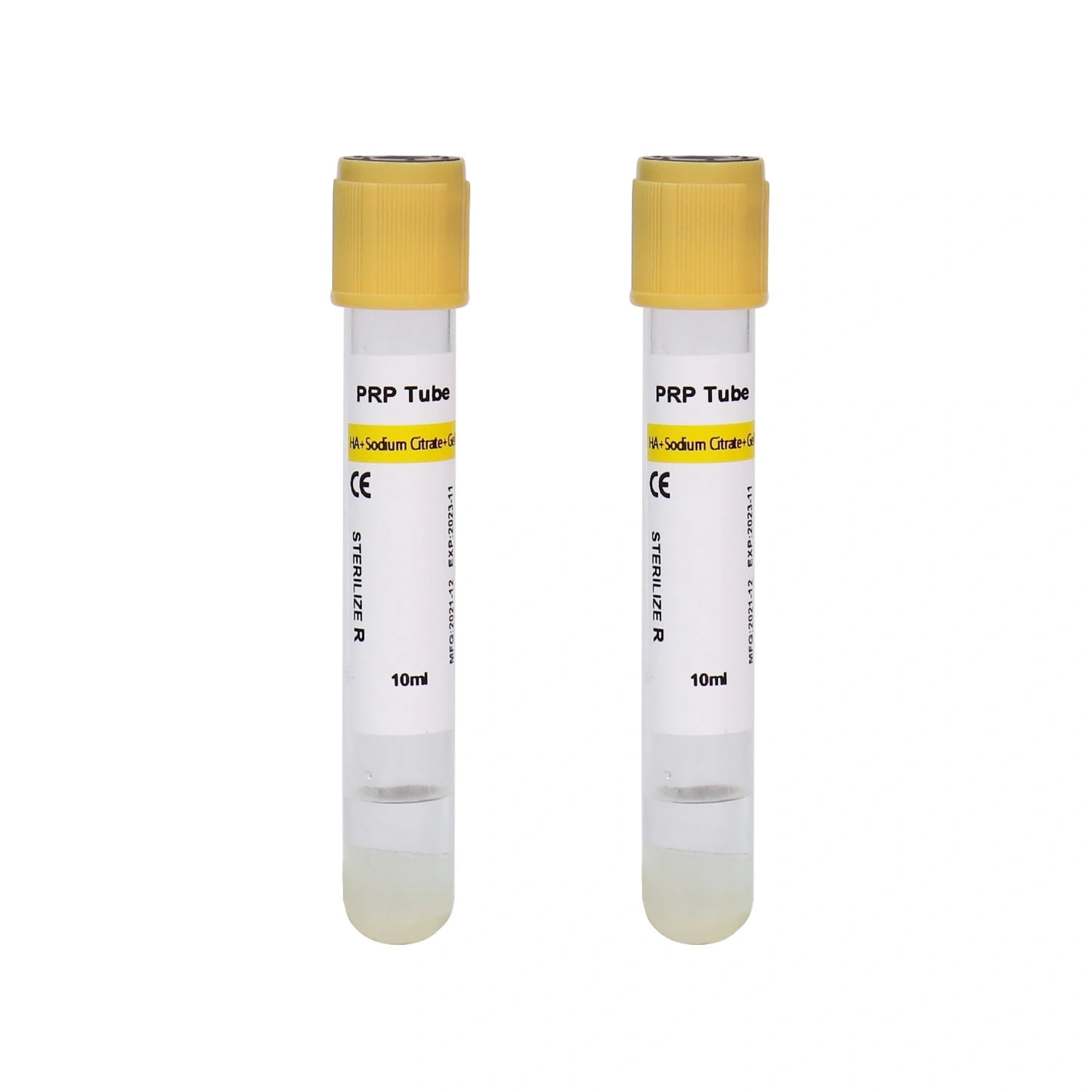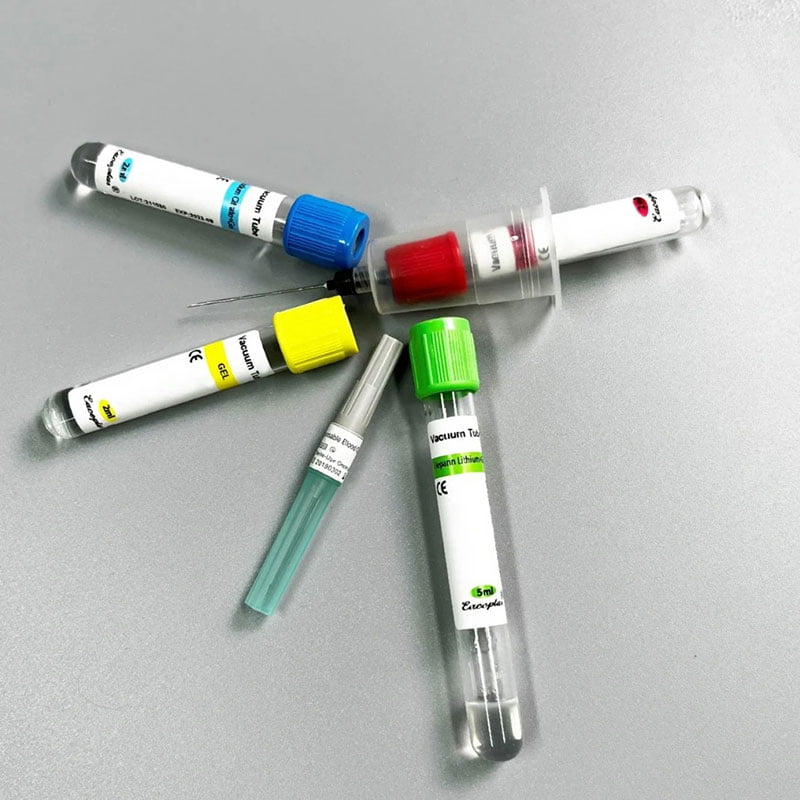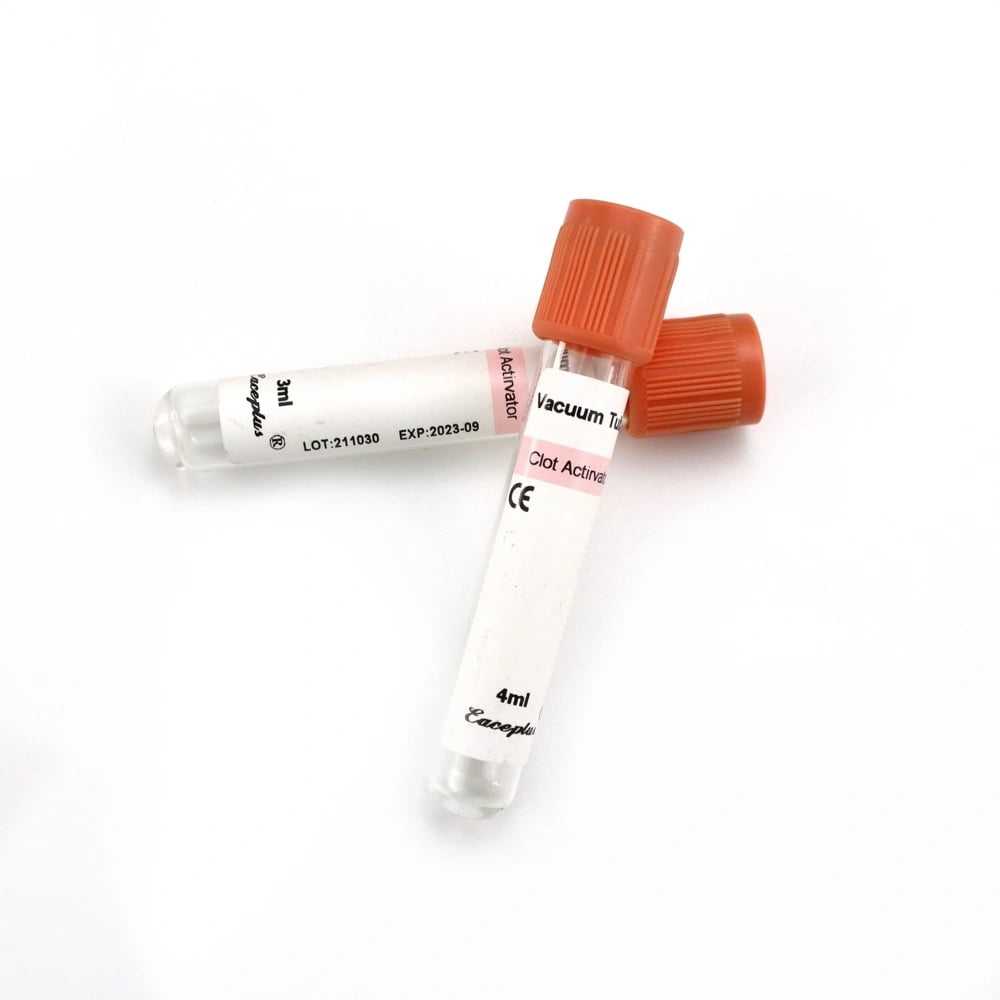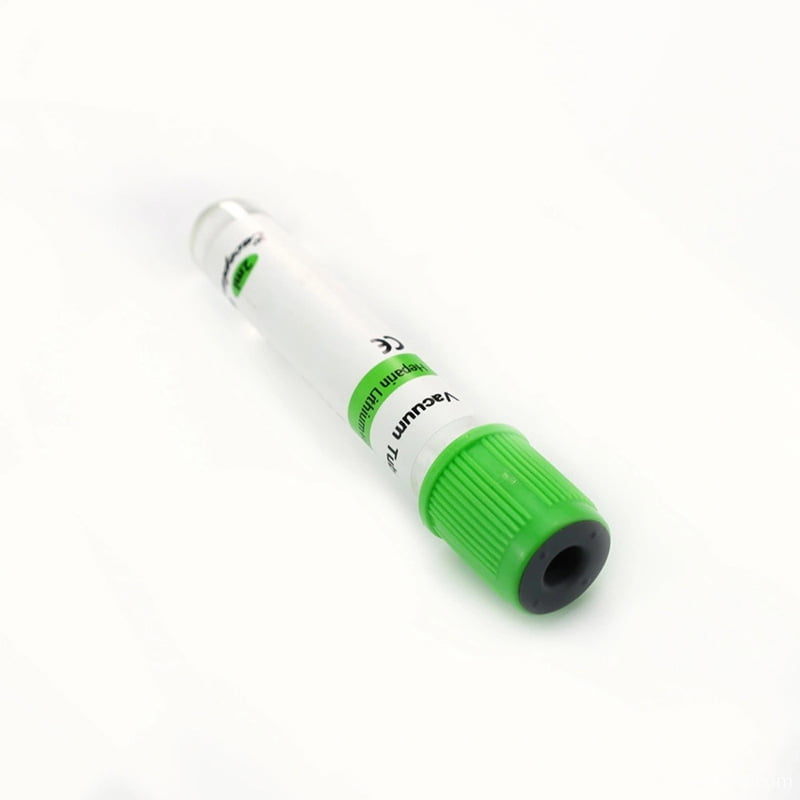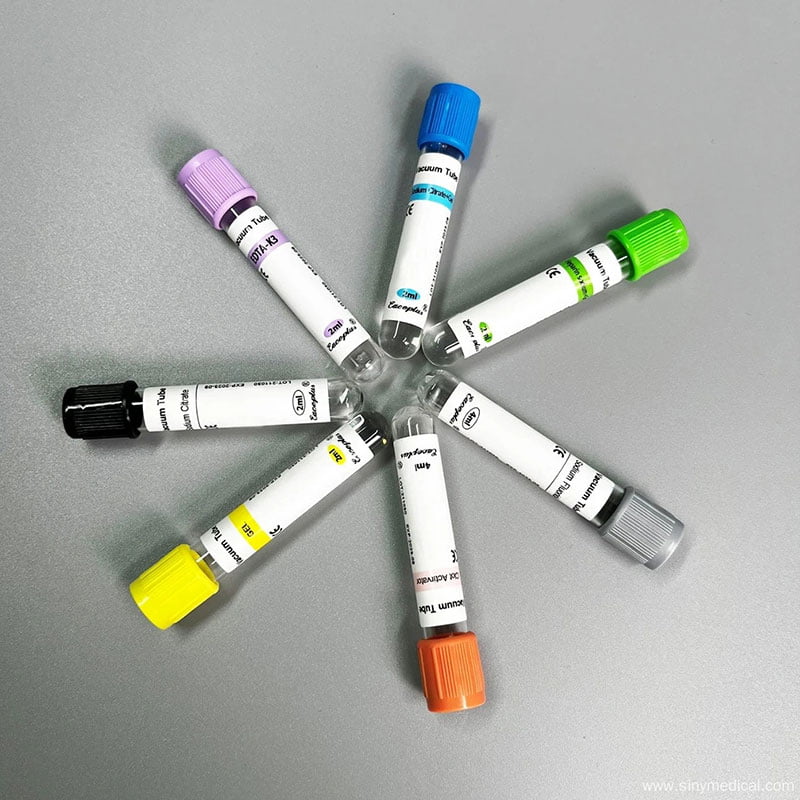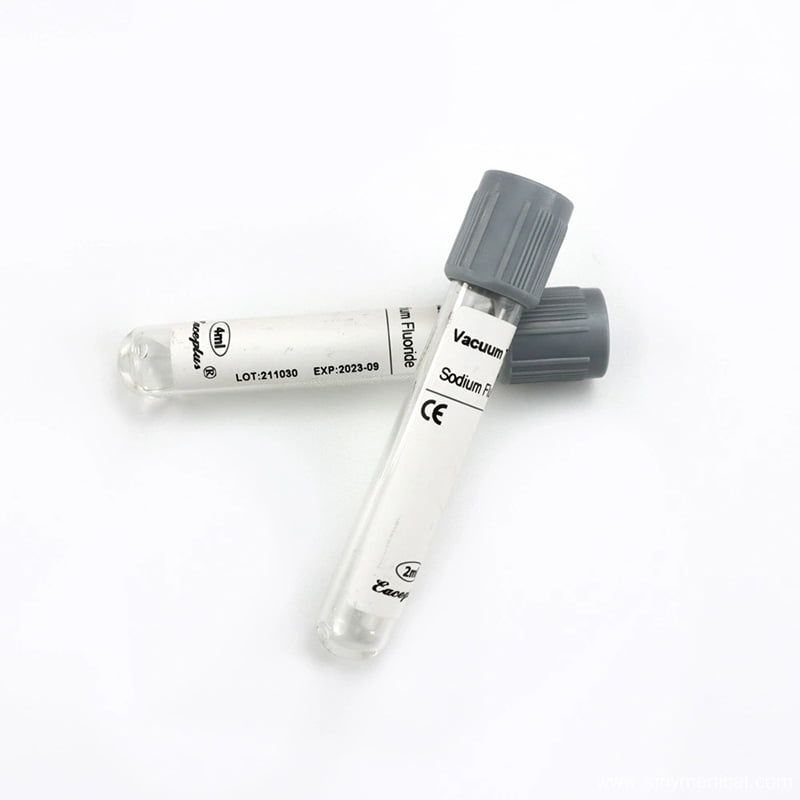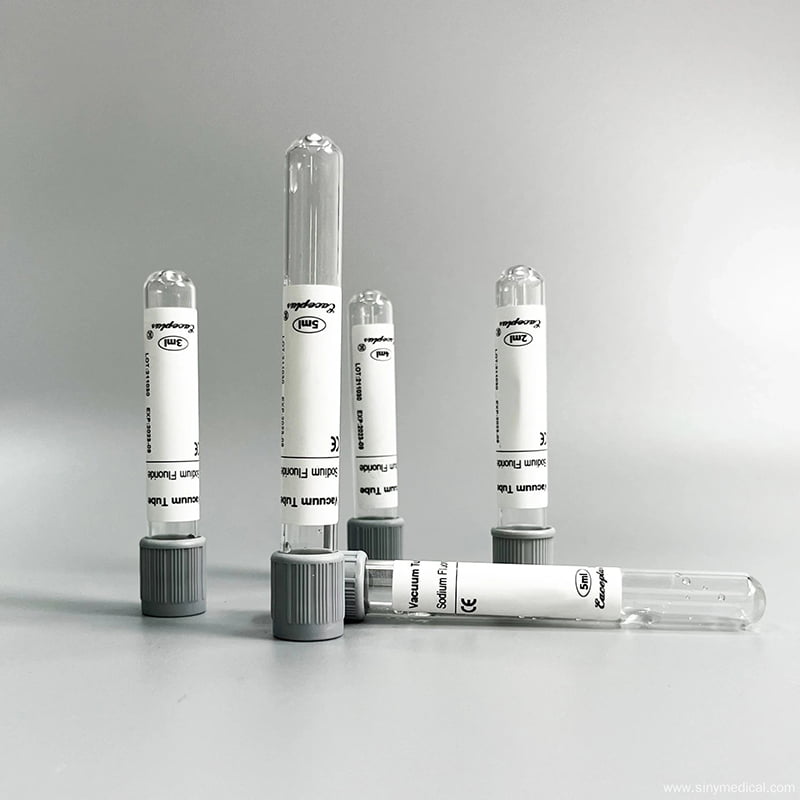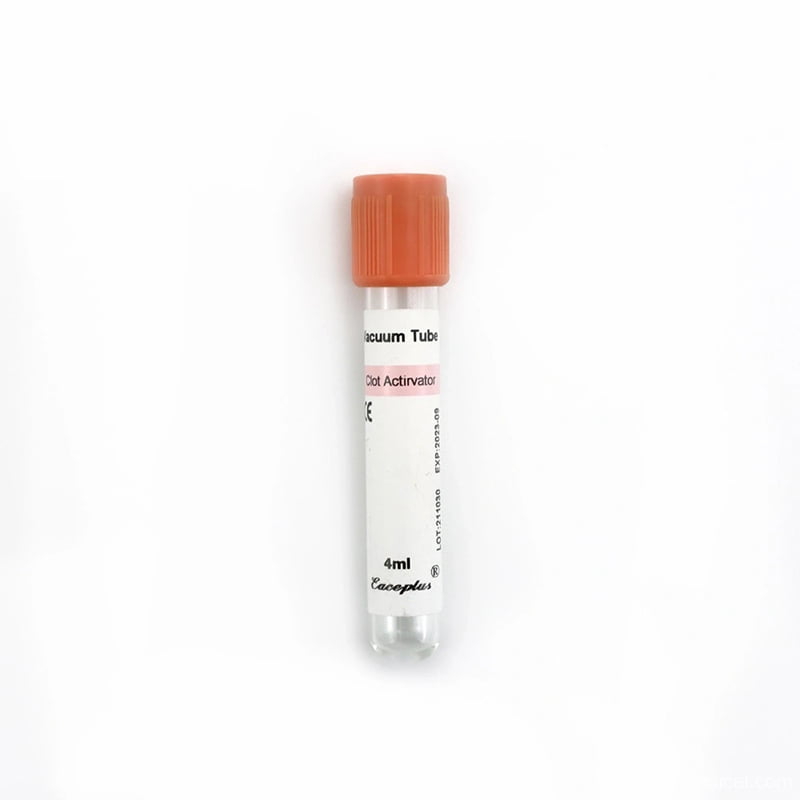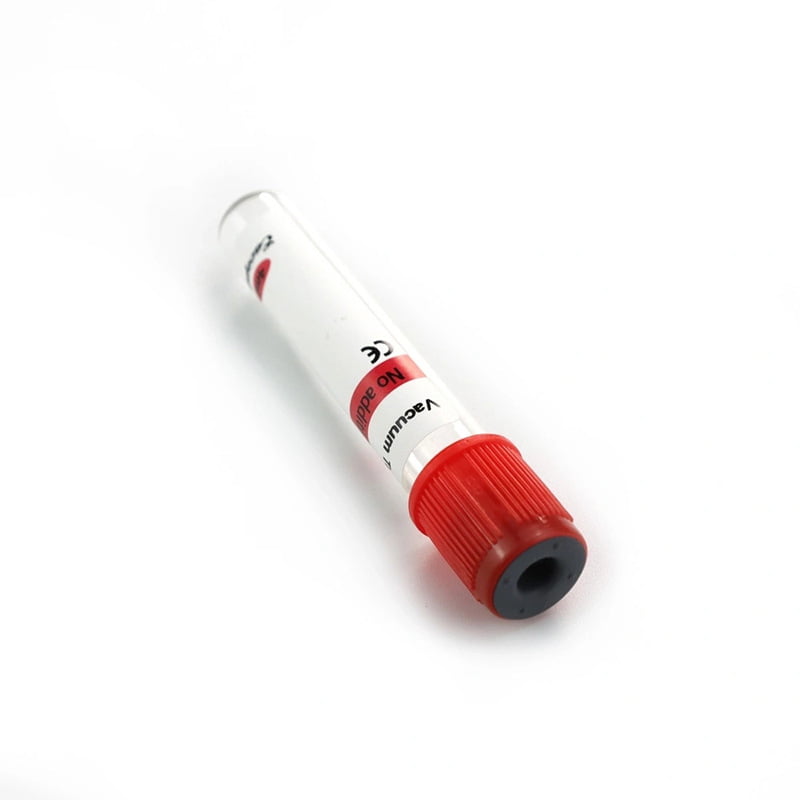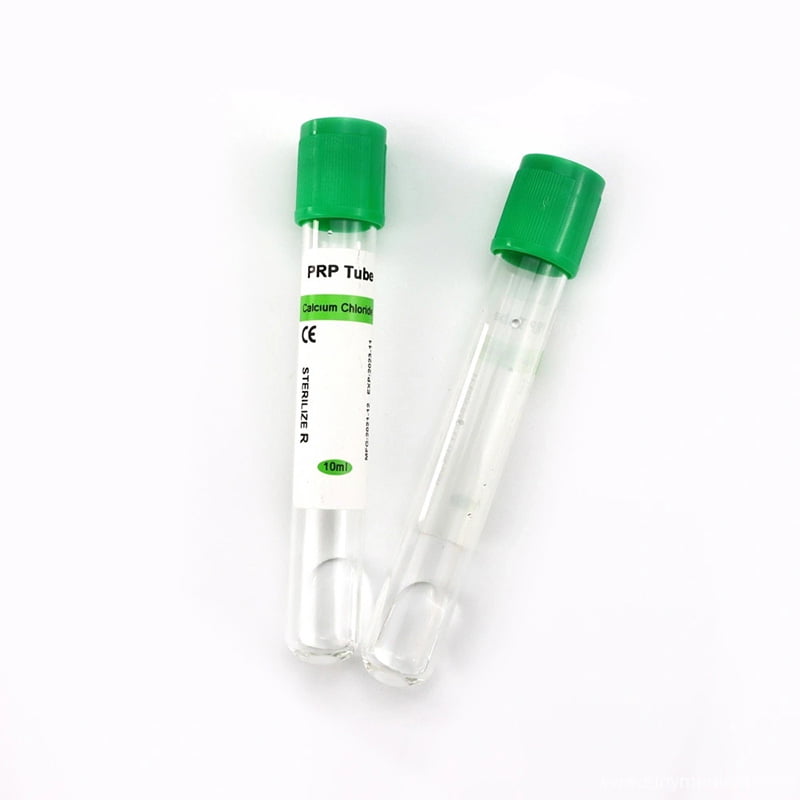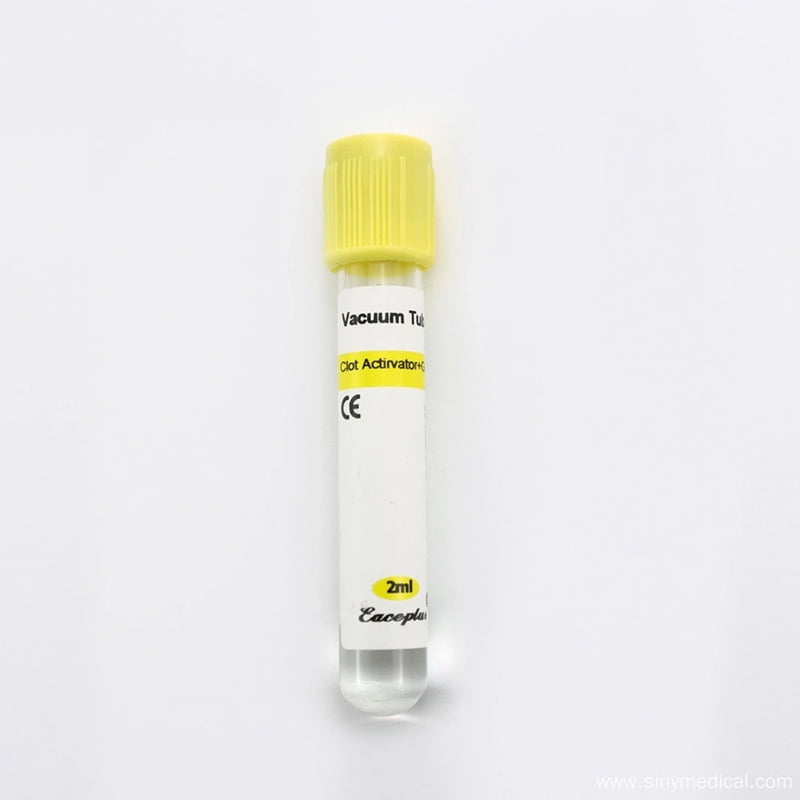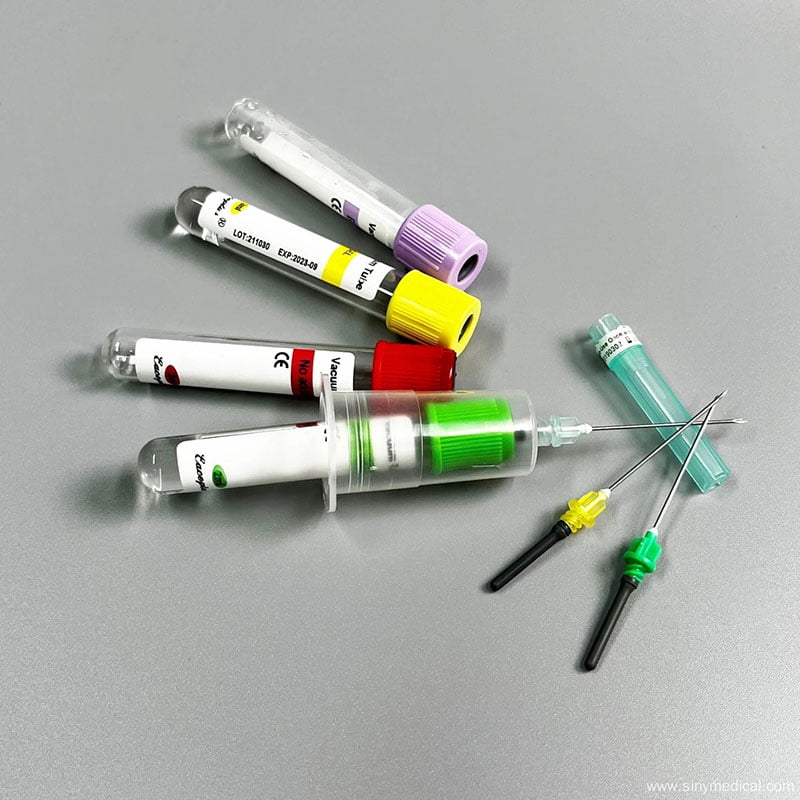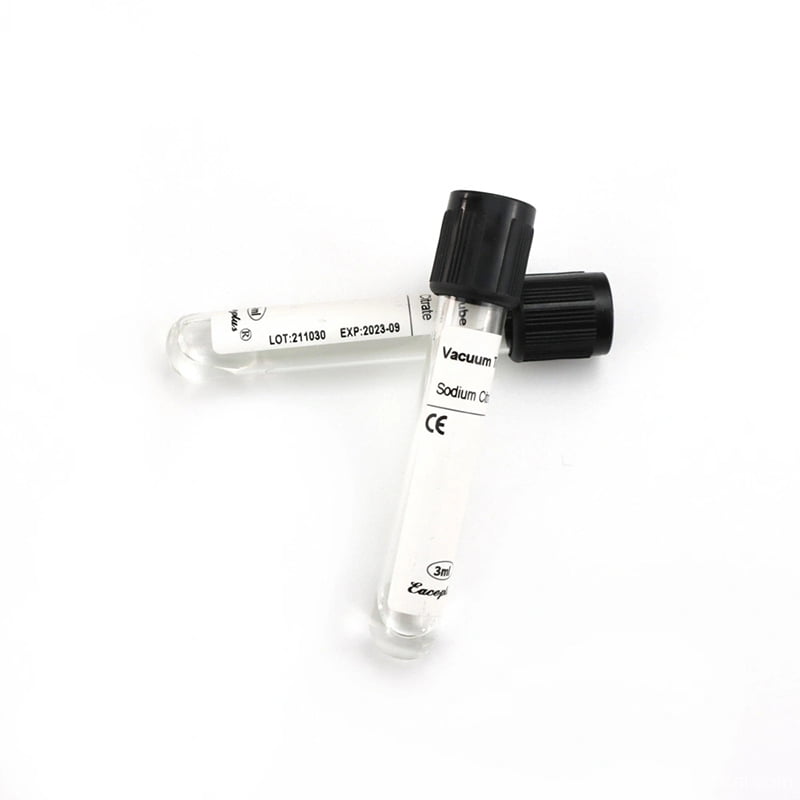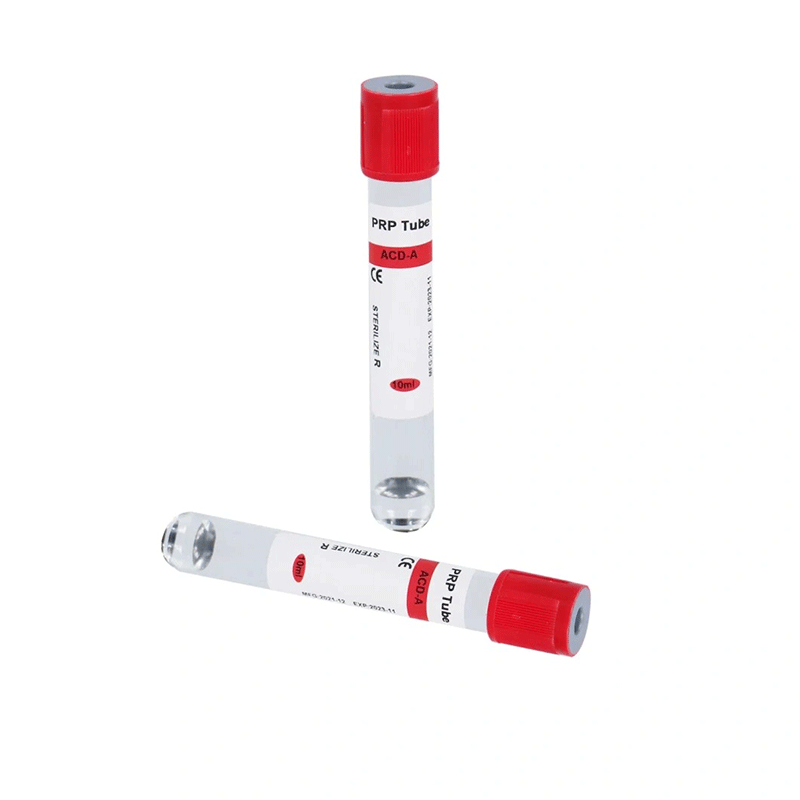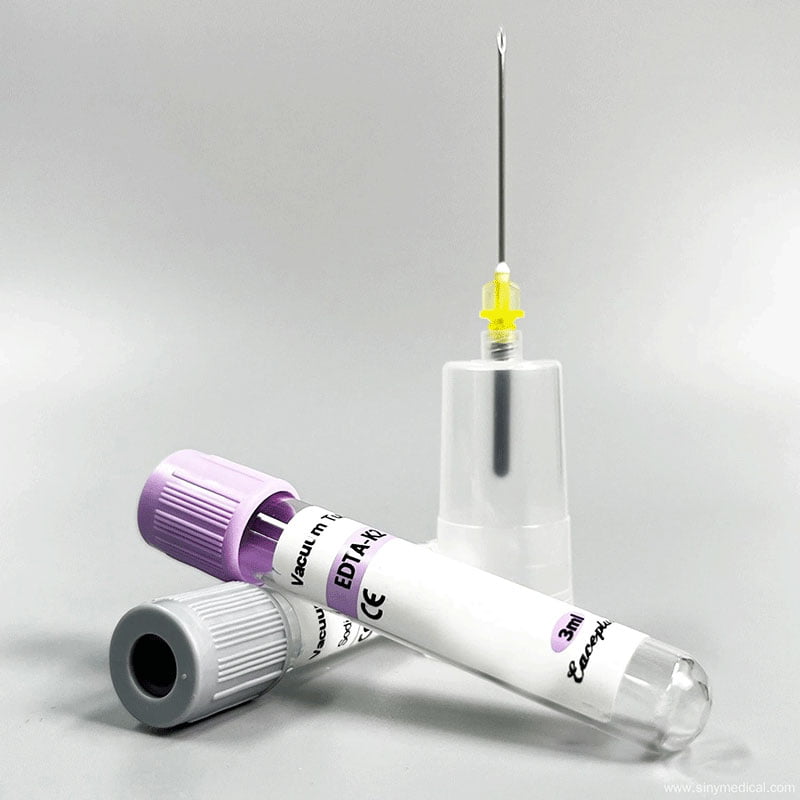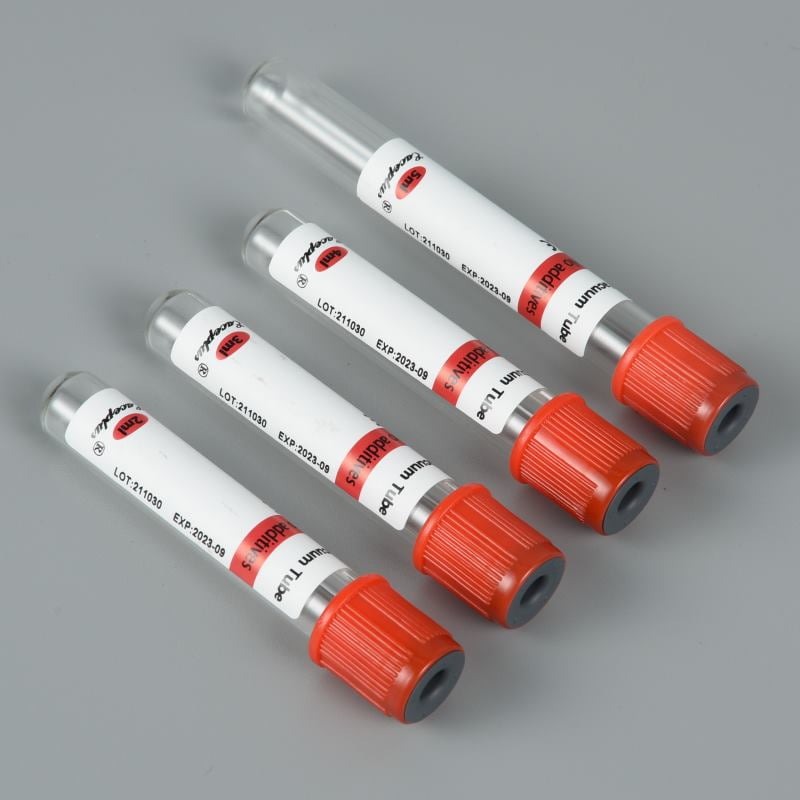Sinymedical centrifuge tube is a crucial laboratory tool in scientific research and medicine. Tubes are spun at high speeds, causing the heavier components to settle at the bottom of the tube and separate materials based on their density. A guide to centrifuge tubes will be provided in this article, including information on the types available, their applications, and how to handle and store them.
A centrifuge is a standard laboratory instrument. A centrifuge separates components within a sample by spinning it at a high speed, and the centrifuge tubes should fit within the centrifuge. Centrifuges are among the best options for separating solids from liquids from an economic and technical standpoint.
Table of Contents
- 1 What is a Centrifuge Tube?
- 2 How Does a Centrifuge Tube Work?
- 3 Types of Centrifuge Tubes
- 4 Best Practices for Handling and Storing Centrifuge Tubes
- 5 How do I choose the right tube for my application?
- 6 What are the types of centrifuge tubes available?
- 7 Color-coded centrifuge tubes
- 8 Summary: Centrifuge Tubes
- 9 FAQs: Centrifuge tube
What is a Centrifuge Tube?
The centrifuge tube is a cylinder-shaped calibrated glass or plastic container. Centrifuge slots allow various materials to be analyzed and separated using these containers. Lab technicians often use centrifuge tubes to test solid-liquid or liquid samples. These high-strength, precision-made containers safely hold various substances.
The glass tubes are more expensive and breakable, but they can handle most solvents. When centrifuges are spinning intensely, even the slightest scratch can precipitate failure.
How Does a Centrifuge Tube Work?
A lab technician placed various samples in centrifuge tubes and then secured them in the centrifuge. All centrifuges require closing the protective cover before initiating the spin cycle, and they also feature a specific number of slots for inserting tubes.
As tubes rotate at designated speeds, denser particles in each substance gather at the farthest points from the axis, whereas less dense particles gather at the closest points.

Types of Centrifuge Tubes
The polypropylene tube
The most common type of centrifuge tube is made of polypropylene plastic. 0.2 mL to 50 mL sizes are available and ideal for general-purpose centrifugation.
Glass tubes
Glass tubes, as an alternative to polypropylene tubes, exhibit greater resistance to chemical damage and can undergo sterilization at high temperatures. Microscopy, for example, requires optical clarity.
Microcentrifuge tubes
These tubes are designed for micro centrifuges tube and are small and cylindrical. PCR amplifications require low sample volumes, they typically hold between 0.2 mL and 2 mL of liquid.
Conical tubes
The conical shape of conical tubes makes sample separation easy. In centrifugation applications that require the separation of a liquid from a solid or semi-solid material, these are commonly utilized.
PCR Tubes
A polymerase chain reaction (PCR) tube is a specialized tube used in PCR experiments. The thin-walled plastic material allows efficient heat transfer and is available in various sizes.
Best Practices for Handling and Storing Centrifuge Tubes
Label Tubes
You should label your centrifuge tubes with the sample name, date, and any other information that may be relevant. It will be easier for you to keep track of your samples this way, and it will prevent confusion.
Properly store tubes
Centrifuge tubes should be stored in a cool, dry area away from direct sunlight. Using this method will protect your samples and prevent damage to the tubes.
A suitable centrifugation condition should be used
For your specific application, using the correct centrifugation conditions, including the right speed and duration, is always essential.
Inspect the tubes for damage.
Before using a centrifuge tube, always ensure to check for cracks, chips, or any other damage.
Properly dispose of tubes
It would help if you disposed of cap centrifuge tubes properly according to your laboratory’s guidelines after using them. Hazardous waste may require autoclaving or disposal.
How do I choose the right tube for my application?
Scientists often use centrifuge tubes to differentiate solids, liquids, and gases. You can separate solid particles from liquids, like plasma and blood cells. You can do this by spinning the centrifuge tube that carries the material at high speed. The centrifuge tube allows centrifugal force to push heavy material to the bottom of the tube.
| Product Name | Centrifuge Tube |
| Main Material | Metals and plastics |
| OEM/ODM | Yes |
| Usage | Centrifugation of PCR tube, prp tubes and vacuum blood collection tubes |
| Type | Table top type |
| Sample | Contact us |
| Service | In the groups we serve: distributors, import traders, government procurement, Buying agents, and medical chain stores, we provide one-stop procurement for you to simplify your procurement process |
Availability
A variety of volumes are available between 0.5 ml and 200 ml. Microcentrifuge tubes are available in both 0.5 mL and 2 mL sizes, centrifuge tubes are offered in sizes ranging from 15 mL to 50 mL.

Shape
Self-standing centrifuge tubes are easier to clean and handle, however, conical tubes also fit into microcentrifuges. A tube’s choice will be determined by the type of sample it will hold.
Material
To ensure the integrity of your samples and prevent contamination, it is crucial to use chemically resistant materials. There are two distinct types of plastic resin: one derived from plastic and the other from glass.
Sterility
You can choose between sterile or non-sterile tubes, depending on your needs.
Resistance to temperature
It is always advisable to have centrifuge tubes that can withstand high and low temperatures.
Centrifuge compatibility
Ensure the tube is compatible with the centrifuge rotor. You should refer to the manuals that typically come with centrifuges and rotors if you are unsure of compatibility.
What are the types of centrifuge tubes available?
Centrifuge tubes vary in capacity, shape, color, and, most importantly, quality.
- Clear sample identification and graduation
- No sample contamination
- Secured sealing
- Ability to withstand the required top speed
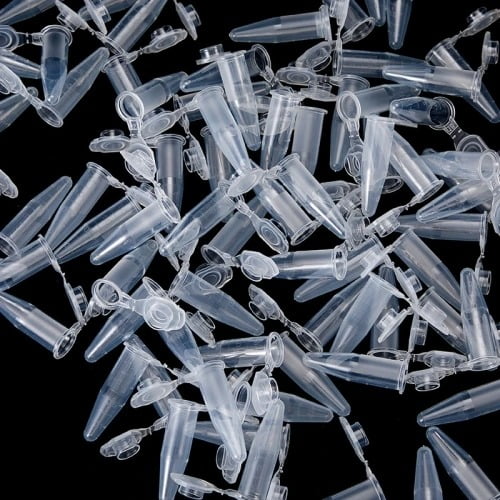
Color-coded centrifuge tubes
The color-coded caps aren’t just for brightening up the lab. Each colour indicates which additive is present in the tube and helps with identifying which one to use for different tests.
Purple contains an anticoagulant no additive tube called EDTA.
- A yellow top contains silica particles and a serum-separating gel. This device enables the conduction of a wide range of tests, including liver function tests and lipid profiling.
Summary: Centrifuge Tubes
A centrifuge tube is a vital tool in scientific and Centrifuge for Medical and Biochemical Laboratories for separating materials based on their density. Various types of centrifuge tubes are available, each suited to a specific application. A centrifuge tube’s handling and storage are crucial to accurate and reproducible results.
By adhering to best practices, scientists and medical professionals can maximize the efficiency and accuracy of their centrifugation protocols.
FAQs: Centrifuge tube
What is the centrifuge tube?
A centrifuge tube is a laboratory vessel that holds liquid samples during centrifugation.
What is used for centrifugation?
Tubes specifically designed for centrifugation are called centrifuge tubes. These tubes come in various types, including self-standing and conical, offering flexibility based on experimental needs.
What is the use of a centrifuge tube holder?
It ensures stability and prevents tubes from breaking or leaking under the intense forces experienced during high-speed spinning. The holder facilitates the efficient processing of multiple samples simultaneously, enhancing the overall functionality of the centrifuge.

